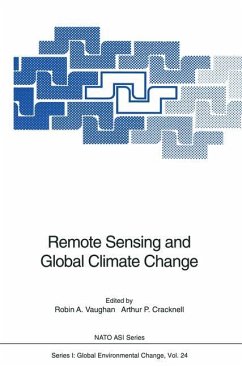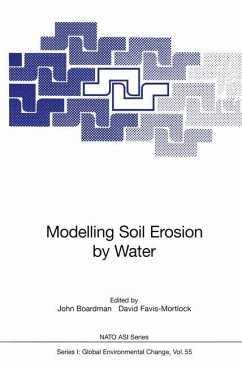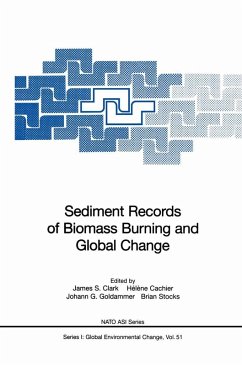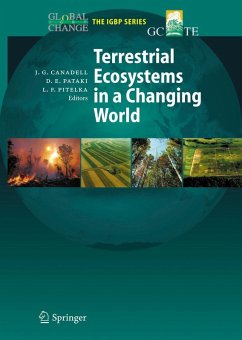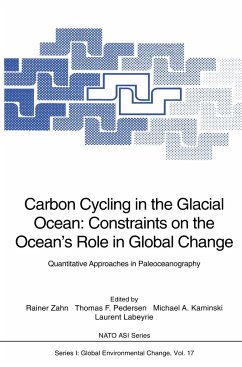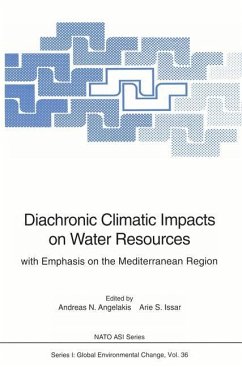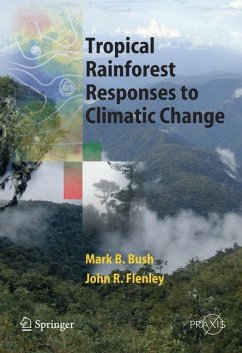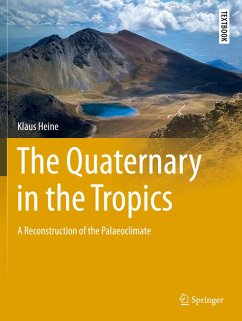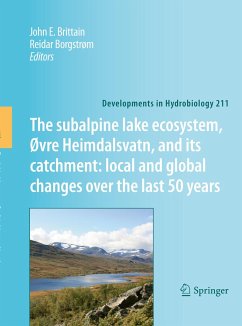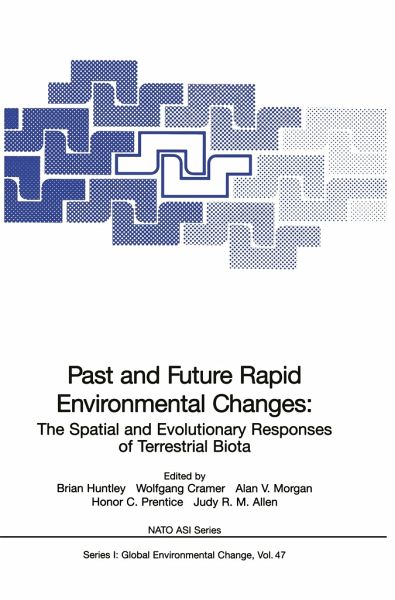
Past and Future Rapid Environmental Changes
The Spatial and Evolutionary Responses of Terrestrial Biota
Herausgegeben: Huntley, Brian; Cramer, Wolfgang; Morgan, Alan V.; Prentice, Honor C.; Allen, Judy R.M.

PAYBACK Punkte
57 °P sammeln!
Numerous experts including ecologists, geneticists, paleontologists and climatologists, investigate the response of terrestrial organisms to changes in their environment. The volume comprises an introductory and a final chapter by the editors as well as another 35 contributions. These are divided into six sections: 1. past environmental changes - the late-Quaternary; 2. spatial responses to past changes; 3. mechanisms enabling spatial responses; 4. evolutionary responses to past changes; 5. mechanisms enabling evolutionary responses; 6. predicted future environmental changes and simulated resp...
Numerous experts including ecologists, geneticists, paleontologists and climatologists, investigate the response of terrestrial organisms to changes in their environment. The volume comprises an introductory and a final chapter by the editors as well as another 35 contributions. These are divided into six sections: 1. past environmental changes - the late-Quaternary; 2. spatial responses to past changes; 3. mechanisms enabling spatial responses; 4. evolutionary responses to past changes; 5. mechanisms enabling evolutionary responses; 6. predicted future environmental changes and simulated responses. The overwhelming and unanimous conclusion of all contributors is that forecasted global environmental changes pose a severe threat to the integrity of ecosystems worldwide and to the survival of at least some species.



